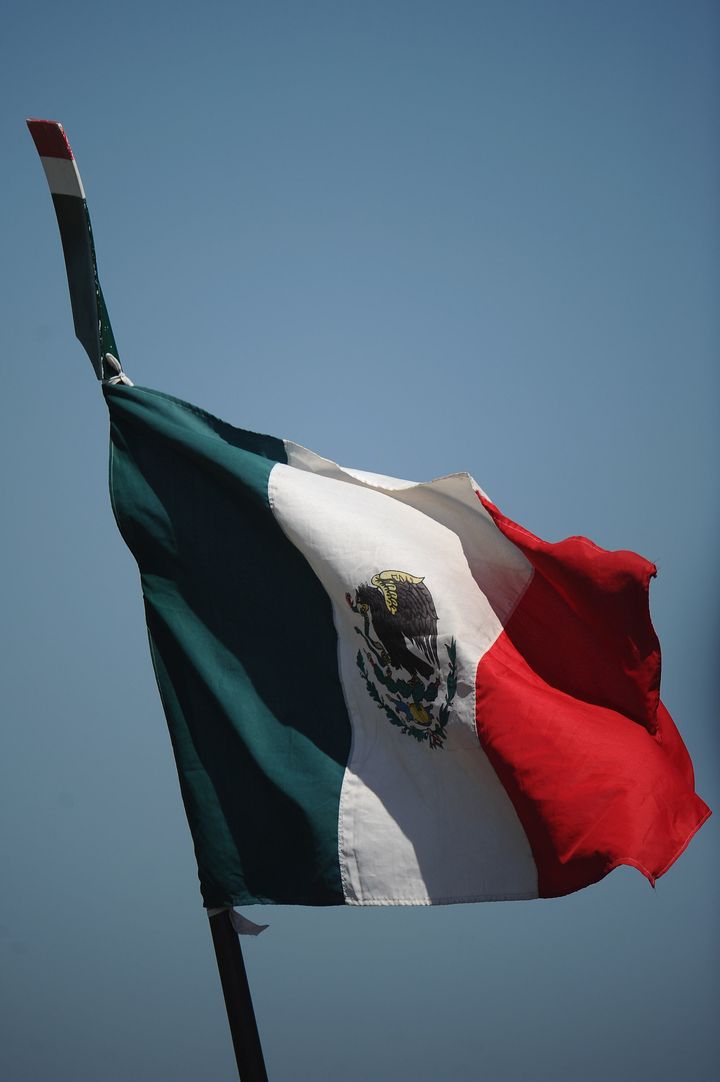
When it comes to Cinco de Mayo, the irony lays as heavy as a bowl of congealed day-old queso dip. Thanks to the latter-day marketing machinations of manipulative Mad Men, yesteryear's afternoon of blood and mud is now celebrated merrily with half-priced margaritas and buckets of iced-down Corona.
But if you are steeling yourself to endure a hair-shirted holier-than-thou diatribe from me, fear not. Truth be told, I like ice-cold Corona as much as the next guy. And if the party happens to fall on a pleasant Saturday afternoon in May, so much the better.
Nevertheless, if we let the light-hearted celebration on May 5 obscure the origins of Cinco de Mayo, then we do the day a disservice. In reality, there is no reason that the lessons of 150 years ago should not resonate today.
The road to Cinco de Mayo began, literally and figuratively, in the Mexican port city of Vera Cruz. Reeling from a bitter civil war, Mexico defaulted on loan payments to Spain, Great Britain, and France. Using the default as a pretext for invasion, the three powers landed troops in Vera Cruz.
Realizing that France harbored imperial designs on Mexico, Spain and Britain soon withdrew. Undeterred, France dispatched its expeditionary force inland, determined to conquer Mexico and install an Austrian archduke, Maximilian, as its proxy ruler in Mexico City.
As the French army marched proudly out of Vera Cruz behind its tricolored banners, it seemed entitled to its confident swagger. In many ways, its soldiers were still the proud heir to the martial exploits of Napoleon and, in the cases of their older veterans, could point to hard-fought victories in the Crimea and Algeria.
But not all was as it seemed. The French army's confidence owed more to its remembrance of past exploits than careful preparation for operations in Mexico. A burdensome train of supply wagons trailing the army attested to that cruel reality, as did the sickly pallor of French soldiers already weakened by tropical disease.
For those soldiers, it would be a long uphill march to distant Mexico City.
Initially, however, there seemed cause for confidence in the dusty ranks of the French column. When the French confronted a stubborn Mexican defense atop the hills and cliffs overlooking Acultzingo, a spirited French assault cleared the pass and opened the road to Puebla.
On May 5, 1862 -- the fifth of May, or Cinco de Mayo -- the French army formed its battle lines north of Puebla. A pair of forts, linked by a trench, guarded the heights to the north of the city. Arrogantly, the French general elected to hit the forts head-on rather than flank them and take the city from the side.
From that point on, overconfidence gave way to debacle. The French attack started late in the morning with an ineffective artillery duel that diminished the French stock of ammunition. With their stock of shells dwindling, the French launched a series of infantry attacks into the teeth of the Mexican defenses.
It was here that the French learned that they had grossly underestimated their Mexican opponents. At Puebla, the Mexicans, led by Texas-born Ignacio Zaragoza, intended to fight.
The first French assault floundered against the forts and their obstinate Mexican defenders. So did the second. When a third assault slogged up the hillside, an afternoon rainstorm turned the battlefield into a mire of mud. A bold charge of Mexican cavalry troopers counterattacking downhill added to the chaos.
Disheartened, the French army withdrew. In their wake, Puebla was safe for another year, and so was Mexico City. As the Mexicans battled the French and their allies for the next four years, they could point to their victory at Puebla and assure themselves that the mighty French army was not invincible.
"This remains an important day to Mexicans even today," Diego Orozco, a Mexican vice consul in Atlanta, explained to me. "It showed them that even one of the most powerful armies in the world could be defeated."
Truth be told, there were not many Mexican victories in the years to come. But France's defeat at Puebla delayed its conquest of Mexico for a year. And who is to say what would have happened if the French enjoyed an extra year to consolidate their control of Mexico?
Quite possibly, with an additional year, France would have resisted the United States' pressure to withdraw. That pressure came in 1865, once the United States had concluded its own civil war and could bring its forces to bear against the adventuresome French. Faced with such pressure, the French withdrew in 1866, leaving the hapless Maximilian to face a Mexican firing squad.
But beyond such "what ifs," the battle of Puebla -- and thus Cinco de Mayo -- stands clearly for more than an excuse for tortilla chips, salsa, and frozen margaritas. At the very least, it stands as a cautionary tale of the reminder of the perils of underestimating one's opponents -- even if they look and speak differently than you.
So think about that when you sip that cold Corona this Saturday.
Originally published in the Birmingham News, April 29, 2012.